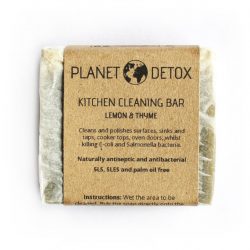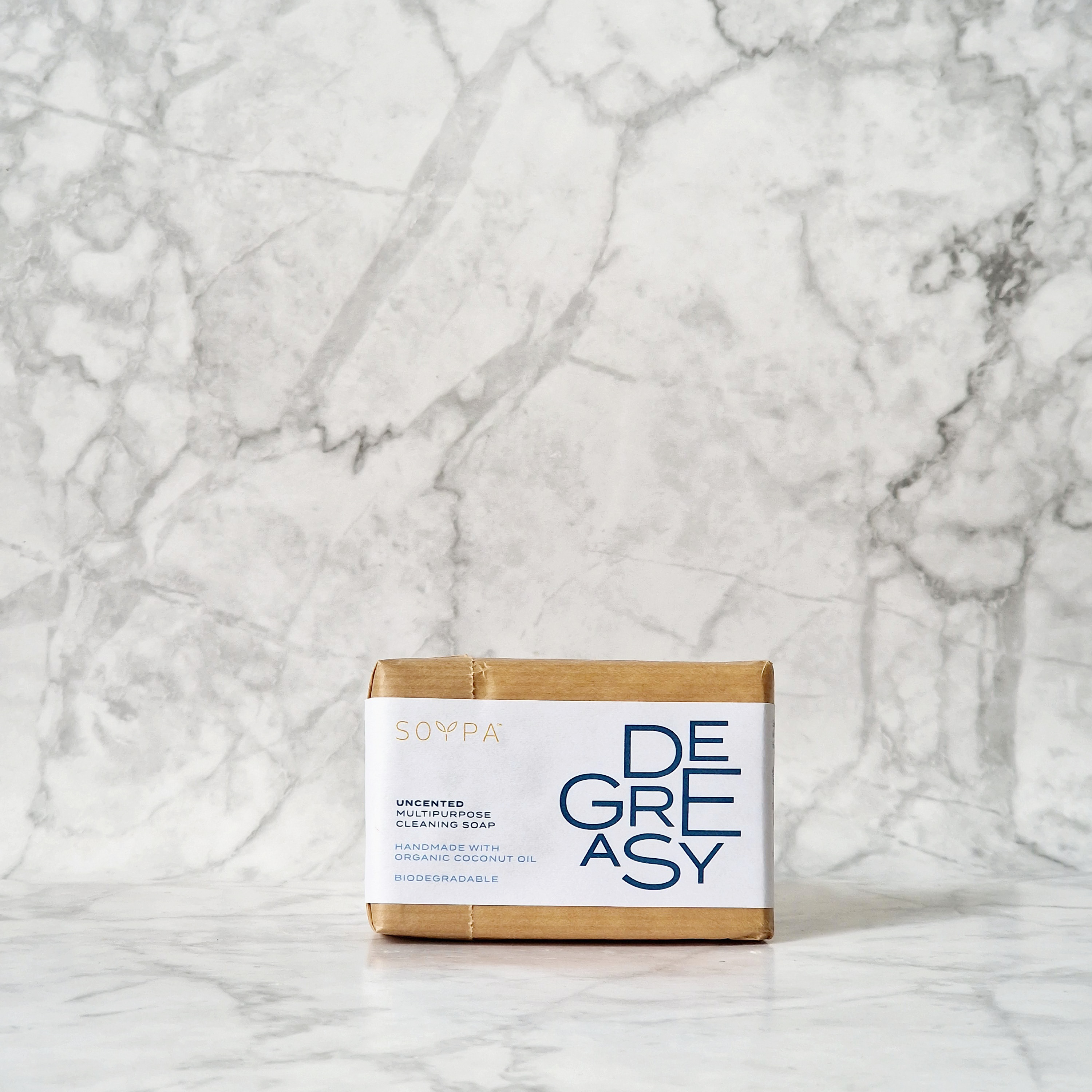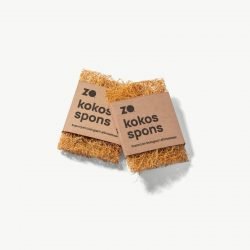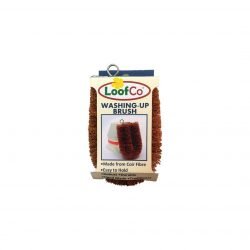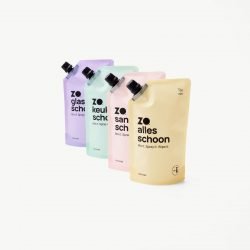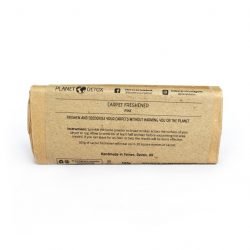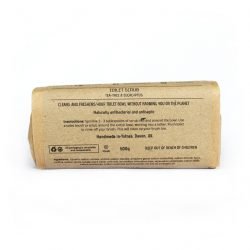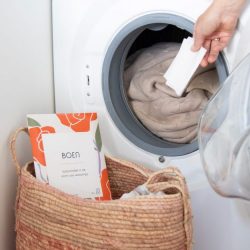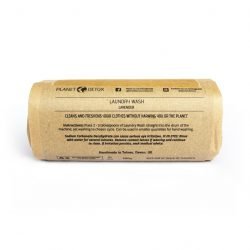We all want to live in a clean and tidy house. But… Did you ever stop to think about the environmental impact of these daily actions? In this article we raise some red flags so you can make more conscious decisions.
Let’s take a look at the numbers for a bit. The global market of household products is growing, the projections show an increase from € 232 billion in 2022 to € 313 billion in 2029.
According to Fortune Business Insights, within the products offered in the market, the largest share goes to laundry detergents (53.69%), followed by surface cleaners and dishwashing products.

There’s a great reputation for being extremely clean in the netherlands.Taking it down to the individual scale, dutchies spend on average 153 minutes a week cleaning their homes.
In order to carry out cleaning tasks, in every home we find household chemical products that may offer many advantages to us, like letting us live in a hygienic place. The flip side is that some of them are associated with certain health and environmental risks if they are used unsafely.
Cleaners are not usually thought of as pollutants, but many products used to sanitize, degrease and wash are harming our water and air, contributing to smog, reducing the quality of drinking water and may be toxic to animals.
It is in our power to minimize risk, both in the way we use these products, as well as which ones we choose to buy.
So, the environmental impact of conventional products we use to keep a clean house, clothes and appliances is divided into three main aspects:
- 1- Water Pollution – Chemicals from cleaning products that are washed into streams and rivers.
- 2- Air Pollution – Volatile organic compounds (VOC) in cleaning products can affect indoor air quality and add to outdoor smog.
- 3- (Plastic) Waste – Containers, scrubbers, sponges and rags are not made from recyclable materials and often end up in landfills.

1- Water Pollution
The daily use of water for different purposes is around 130 liters per person in the Netherlands. And the truth is, bottom line, we use it for cleaning.
Showering, flushing the toilet, laundry, dishwashing, etc. In other words, from these 130 liters that we use per day, only 4% would not be included in cleaning tasks.

This means that, if we are not aware of the products that we are throwing into the water drains, each of us can pollute more than 45.000 liters of water in just one year.
How does it happen?
Chemical pollutants
Even after passing through water treatment plants, small quantities of chemical compounds from cleaning products can find their way into rivers, ponds and lakes and have adverse effects on aquatic life.
“Volatile Organic Compounds” (aka VOC) are the worst environmental hazards in household cleaners. Cleaning products may contain Phosphorus, Nitrogen and Ammonia, all of them examples of VOCs.
Ammonia is a multipurpose cleaner used for degreasing and sanitizing; phosphates are commonly used in laundry and dishwashing detergents; nitrogen is found in glass, surface and floor cleaning products as well.
These products may become water contaminants while they’re rinsed down drains and flushed down toilets as families use and clean their houses. As we told you before, the main issue is that these chemicals are not removed by waste treatment processes.
That means that they enter the waterways and build up, leading to eutrophication. This is an excessive nourishment of some types of plant life and preventing others from growing, completely altering the natural cycles and biodiversity.
Microplastics & Microbeads
Microplastics are small plastic pieces, which don’t biodegrade and are almost impossible to remove from the environment where they accumulate.
As we saw in a previous article, microplastics come from plastic debris that degrades into smaller and smaller pieces. That is the case for the most commonly used kitchen sponges, made from polyester or polyurethane. They’re not recyclable, so eventually they find their way into landfills and oceans.
So, if you’re still using plastic sponges to do the dishes or a clean house, keep in mind that if you use about 15 kitchen sponges per year, for the last 20 years, there are currently +300 sponges and microplastics spread in the ocean that belong to you.
Microbeads are a form of microplastics. Minuscule, tiny pieces of plastic that can easily pass water filtration systems, ending up in the sea. You can find them in face washers, body scrubs, toothpaste, and of course: abrasive cleaners.

They cause great risk to marine life. Plastic is swallowed by fish and other creatures, causing damage to their health, poisoning organs and damaging gills. This is how microplastic kills sea creatures.
And of course, microplastics are also finding their way into our food and water. Furthermore, studies show that humans breathe in more than 13,000 microplastic particles each year.
2- Air pollution
As previously mentioned, some chemicals emit harmful volatile and semivolatile compounds of organic gasses (VOCs).
We might find these chemicals listed in ingredients for air fresheners, general purpose cleaners, floor care products, among others.
In spray cleaners and furniture polishers you can find a molecule called limonene . This molecule reacts with ozone, a pollutant that is one of the main components of smog. When limonene comes into contact with ozone, chemical reactions occur increasing the number of particles suspended in the air.
Later, these can be deposited in the lungs, irritating the tissues and causing chronic respiratory problems. Furthermore, some studies show an association between domestic cleaning and asthma or its symptoms.
Although we immediately think of aerosols, the truth is that a Science.org study shows that a few minutes of mopping indoors with a regular cleaning product can generate as many airborne particles as vehicles on a busy city street.

While most of these reactions occur indoors, eventually the particles escape outside, in urban areas they can represent a significant portion of the pollution that favors the growth of smog.
So.. what’s the cost of a clean house? Particular matter also costs human lives, in The Netherlands 71 persons (for every 100.000) prematurely die due to air pollution.
Also, even though we can recycle aerosols, it’s not all that easy – you’ll need to remove the lid, make sure they are completely empty and check where you can recycle them.
3- (Plastic) Waste
Have you ever stopped to think about the variety and amount of plastic waste that we generate just for cleaning at home?
For example, to wash the dishes we use plastic sponges (as we mentioned before) and we buy detergent in plastic bottles.
“Roughly 400 million plastic sponges are thrown away every year? That’s just the UK!”
To clean the bathroom and other surfaces, we use rags made of synthetic fibers, abrasive sponges (oh! surprise, also made of plastic!). Cleaners with harsh chemicals come in plastic containers.
To do laundry, we use those large plastic drums of liquid detergent. Garbage bags! How to forget them? They are our best allies to get the trash outside from our house, but… not so much for the planet.
In a house of two, you’re probably taking out the garbage bag 2 or 3 times a week. If we crunch the numbers, that means each year you’ll be throwing at least 130 plastic bags in landfill. And if you extrapolate it to all the members of your family?
In a family of 10, this means 1,300 garbage bags thrown out in a year. Multiply it by 10 or rather… 30 years! You and your family will have thrown away almost 40,000 plastic bags in 30 years, which take 1,000 years to degrade. And that is a shocking number.
All of this contributes to the approximately 30 kg of packaging plastic waste generated per person, per year in the Netherlands. Sadly, we recycle just about 12% of household packaging, according to Greenpeace.
Sustainable solutions
The good news is that in recent years, consumers have shown interest in learning more about the components of cleaning products, leading many brands to start listing them. Also, conscious consumer habits are spreading, today we have many greener options for a clean house.
These are some of the characteristics that a sustainable cleaning product should have:
- biodegradability
- low toxicity
- low VOC content
- minimal packaging
- produced with less energy
| ITEM | SUSTAINABLE SOLUTION |
| Kitchen plastic sponge | Loofah sponge, 100% natural and biodegradable. |
| Dishwashing detergent bottle | Solid detergent bar, natural and 100% plastic free |
| Laundry soap drums | Laundry leaves or biodegradable soap powder |
| Polyester or nylon cloth | Repurposed old T-shirts or natural fiber reusable cloths |
| Scrub plastic brushes | Coconut fiber brush |
| Plastic garbage bags | Compostable bags |
If we take action from home, there will be fewer chemicals and less harm to the environment than there would otherwise have been. Imagine the impact if we change our way of using cleaning products as a society, we can have a huge positive impact on our environment.
Stay tunned for the next article!
See you soon 😀



